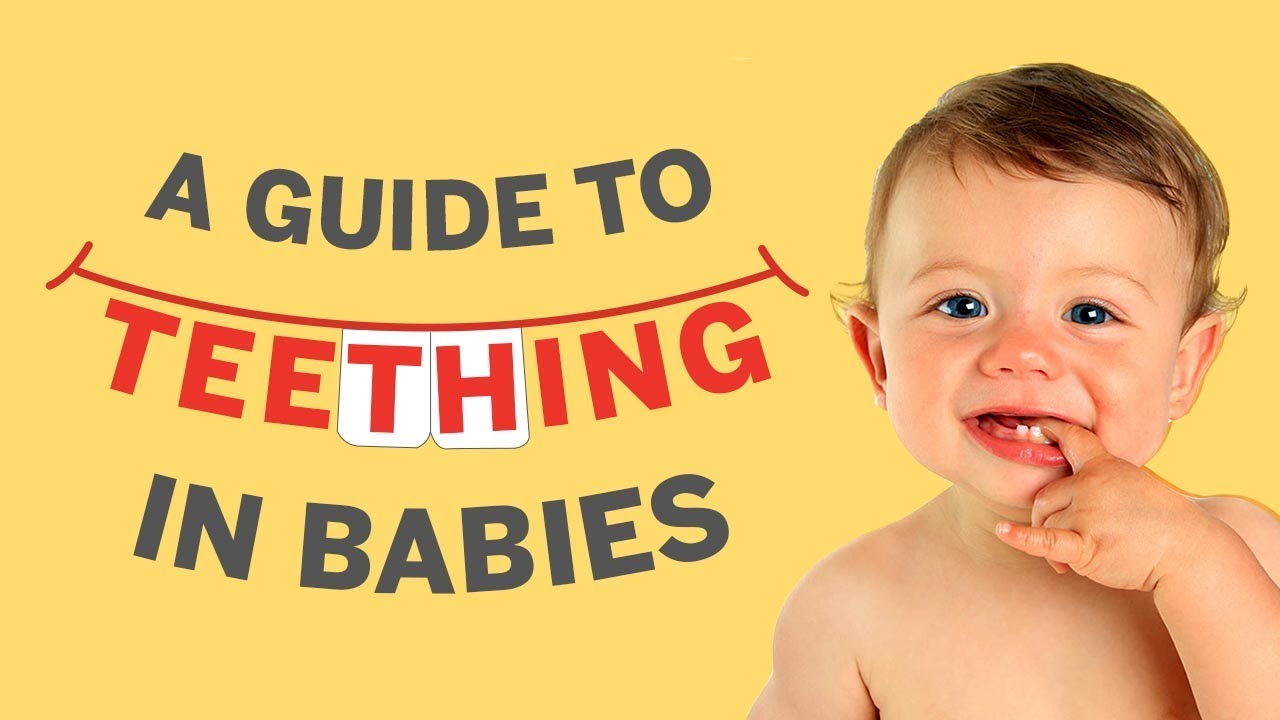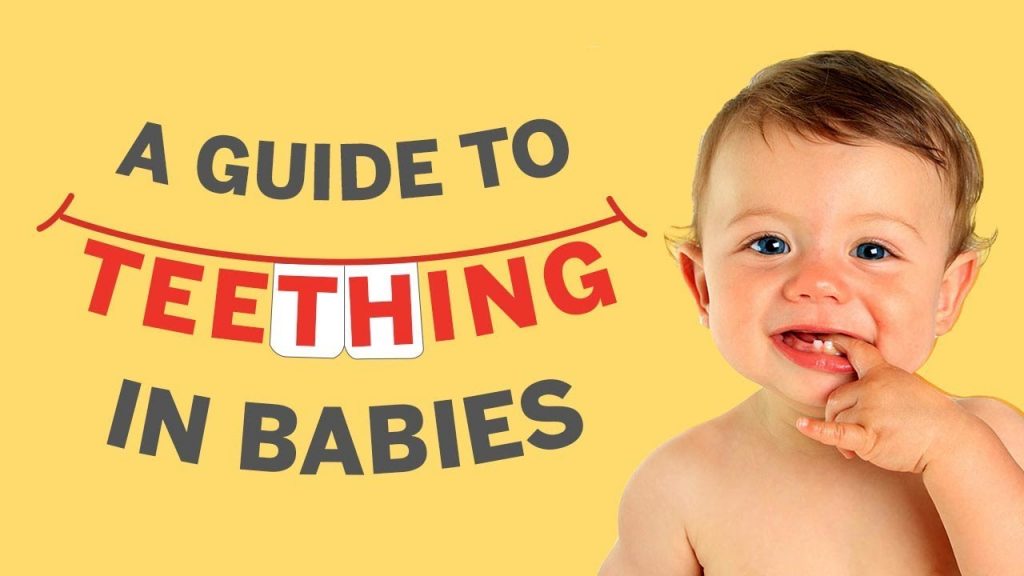
Teething in Babies
Teething simply means the preparation of a baby’s body/mouth to grow teeths.
It’s a natural behavior in babies and it’s characterised by different and diverse symptoms.
Teething can start in the first month of life till the baby evolves to a toddler, but averagely, teething begins at 5 months and how long it lasts depends on the baby, but usually at 3 years.
Babies and toddlers can get upset and cry without reason, especially at night while teething, they can even get sick.
Teething Problems in Babies and Toddlers
The process of teething – when the milk teeth break through the gums, can bring much discomfort to some babies and toddlers while others may not experience much symptoms and discomfort.
There are also varied signs of teething in breastfed babies but fever is a common sign and it can be painful for most babies.
Teething pain is also usually worse at night and your baby can suddenly start crying, so you should plan how to soothe a teething baby at night.
The discomfort can be much if the teeth erupt too early or too late, the order of eruption is changed, cysts, ulcers, or inflammation develops around the area the teeth emerge.
Causes of Teething Problems
The teething process weakens the baby’s immune system, making it more sensitive to pathogens, which can cause diarrhea, fever, or a rash.
How your baby experiences teething can also be hereditary or related to the length of the pregnancy.
The causes of the formation of cysts or ulcers at the breakthrough sites are not yet known, but experts suspect an allergic reaction.
Teething Symptoms in Babies and Toddlers
Recognizing teething problems is not always easy, as symptoms such as intense cry due to pain, fever, restlessness, loss of appetite, or diarrhea can also occur with other diseases in the child.
Cysts, on the other hand, can also be recognized by most people since they appear as bluish bumps on the jaw.
Inflammation or ulcer, in which the gums are reddened and swollen and pus can flow out of the affected area when pressure is applied, are also easy to recognize.
The most common teething symptoms in babies and toddlers are the following
- Yellow and soft poop
- Fever
- Diarrhea
- Runny nose
- Vomitting
- Rash
Rash is only common when the baby drools so much that the saliva irritates the skin around the mouth, neck or chest – the skin area exposed to the the saliva.
How to fix Teething Problems
There are home remedies for teething problems in babies when they start at 4 months, however, the symptoms or the problems cannot be prevented, but the pain and discomfort can be minimized.
For example, you can manage teething problems in your baby by doing the following.
Chamomile tinctures
You can put the chamomile in a sterilized jar and fill it with water and cover for few days.
You can start giving it to your teething baby and it can help reduce the pain, fever or diarrhea, and safe for babies.
Teething rings, toys and teethers can also help your baby.
Dentinox gel can also be applied, and there are other teething syrup for babies you can get at a pharmacy’s shop.
In the event of symptoms such as fever or diarrhea, you should consult your doctor, midwife or pediatrician and they will recommend over-the-counter drugs suitable to help improve the baby’s condition.
Cysts that develop around the gum usually go on their own and the are will be healed.
If there is an ulcer or inflammation, a doctor should be consulted and will decide whether the ulcer needs to be opened or whether antibiotics are needed.






